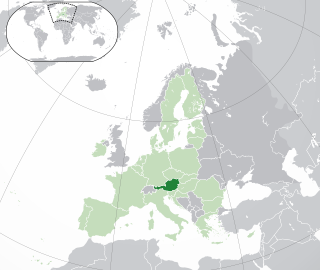
The history of the Jews in Austria probably begins with the exodus of Jews from Judea under Roman occupation. There have been Jews in Austria since the 3rd century CE. Over the course of many centuries, the political status of the community rose and fell many times: during certain periods, the Jewish community prospered and enjoyed political equality, and during other periods it suffered pogroms, deportations to concentration camps and mass murder, and antisemitism. The Holocaust drastically reduced the Jewish community in Austria and only 8,140 Jews remained in Austria according to the 2001 census. Today, Austria has a Jewish population of 10,300 which extends to 33,000 if Law of Return is accounted for, meaning having at least one Jewish grandparent.

The Leopoldstädter Tempel was the largest synagogue of Vienna, in the district (Bezirk) of Leopoldstadt. It was also known as the Israelitische Bethaus in der Wiener Vorstadt Leopoldstadt. It was built in 1858 in a Moorish Revival style by the architect Ludwig Förster. The tripartite facade of the Leopoldstädter, with its tall central section flanked by lower wings on each side, became the model for numerous Moorish Revival synagogues, including the Choral Temple in Bucharest, which has an almost identical main facade, the Zagreb Synagogue, the Spanish Synagogue in Prague, the Tempel Synagogue in Kraków and the Grand Synagogue of Edirne.
The history of the Jews in Salzburg, Austria goes back several millennia. Despite being a non-secular province with a Catholic Archbishop as the head of the state, Salzburg has a long record of Jewish history.

Isaak Löw Hofmann, Edler von Hofmannsthal was an Austrian merchant.

The Jewish Cemetery in Währing, opened in 1784, was the main burial site for members of the Israelitische Kultusgemeinde Wien. Besides the St. Marx Cemetery it is the last remaining cemetery of Vienna in the Biedermeier style. After its closure in the 1880s, it was partially destroyed during the time of the Third Reich, and is now only partly accessible due to its deteriorating condition. A long-running debate over the restoration of the cemetery has been taking place since 2006 between politicians of the federal and local levels as well as experts.

The Judenplatz Holocaust Memorial also known as the Nameless Library stands in Judenplatz in the first district of Vienna. It is the central memorial for the Austrian victims of the Holocaust and was designed by British artist Rachel Whiteread.

Ingo Zechner is a philosopher and historian. He is the Director of the Ludwig Boltzmann Institute for Digital History (LBIDH) in Vienna.
Israelitisches Familienblatt was a Jewish weekly newspaper, directed at Jewish readers of all religious alignments. Max Lessmann and Leo Lessmann founded the Familienblatt, which was published by the printing and publishing house Buchdruckerei und Verlagsanstalt Max Lessmann first in Hamburg, and then in Berlin (1935–1938). The Familienblatt was the only newspaper dealing with majorly Jewish issues in Germany which was run by a private business not aligned to a Jewish organisation of any kind. The editorial and printing offices were located in ABC-Straße 57 in Hamburg. The Hamburg agglomeration, consisting of the Free and Hanseatic City of Hamburg, the Danish-Holsteinian cities of Altona and Wandsbek as well as the Hanoverian city of Harburg upon Elbe, had been an important Jewish centre in Europe and in number with c. 9,000 persons, the biggest in Germany. Only by the first third of the 19th century did Berlin, Prussia's capital, overtake with Jews migrating from the former Polish provinces, which Prussia annexed in the Polish Partitions. Originally directed to readers in Hamburg's metropolitan area the Familienblatt gained more and more readers and spread nationwide in Germany. Israelitisches Familienblatt was prohibited to appear any further after the November Pogroms on 9–10 November 1938.
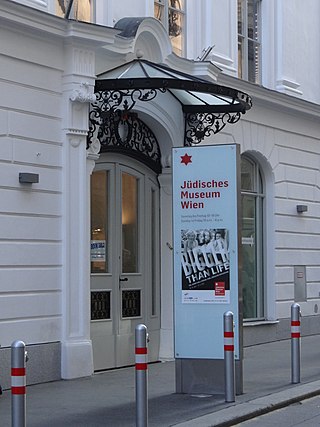
The Jüdisches Museum Wien, trading as Jüdisches Museum der Stadt Wien GmbH or the Jewish Museum Vienna, is a museum of Jewish history, life and religion in Austria. The museum is present on two locations, in the Palais Eskeles in the Dorotheergasse and in the Judenplatz, and has distinguished itself by a very active programme of exhibitions and outreach events highlighting the past and present of Jewish culture in Austria. The current director is Barbara Staudinger and the chief curator is Astrid Peterle.
The history of the Jews in Vienna, Austria, goes back over eight hundred years. There is evidence of a Jewish presence in Vienna from the 12th century onwards.
Lazar Horowitz, or Eleazar HaLevi Ish Horowitz, Eleasar ben David Josua Hoeschel Horowitz, aka El'azar Hurwitz was an Orthodox Rabbi who led the Jewish community of Vienna during the Vormärz period and became the first Chief Rabbi of the Israelitische Kultusgemeinde Vienna in 1852, while retaining his title and position as Chief Rabbi of Vienna. As such, Horowitz was the last Chief Rabbi of the Israelitische Kultusgemeinde who was also Chief Rabbi of Vienna.
The Deutsch Schützen massacre was a 1945 mass killing of approximately 60 Jewish forced laborers by the Waffen-SS in Deutsch Schützen-Eisenberg in Austria. At the old church, Martinskirche, in the farmland on the west side of Deutsch Schützen, a plaque is erected on the exterior of the building memorializing those murdered in the massacre.
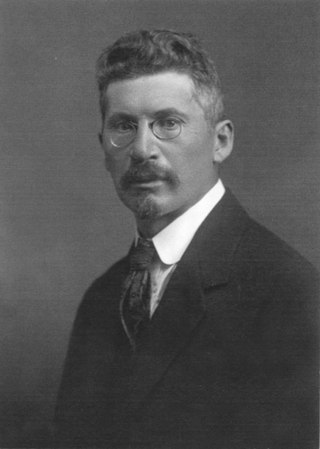
Bernhard Wachstein was a Jewish community historian and bibliographer who rebuilt, expanded, and modernized the library of the Israelitische Kultusgemeinde Wien. He also performed important bibliographic work, particularly relating to the history of Austrian Jews.
The Central Agency for Jewish Emigration in Vienna was a Sicherheitsdienst agency established in August 1938 to accelerate the forced emigration of the Austrian Jews and to organize and carry out their deportation. The resolution of emigration issues relating to Austrian citizenship, foreign citizens’ rights, foreign currencies and the taxation of assets were coordinated in order to accelerate this emigration process. The Central Agency for Jewish Emigration in Vienna was the only institution empowered with the issuance of exit permits for Jews in Austria from the time of the Anschluss in 1938 until the ban on Jewish emigration in 1941. The Vienna Agency became the prototype for similar SS agencies used to implement the deportation of Jews in Amsterdam, Prague and many other European cities.
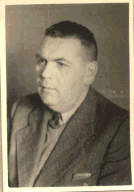
Benjamin Israel Murmelstein was an Austrian rabbi. He was one of 17 community rabbis in Vienna in 1938 and the only one remaining in Vienna by late 1939. An important figure and board member of the Jewish group in Vienna during the early stages of the war, he was also an "Ältester" of the Judenrat in the Theresienstadt concentration camp after 1943. He was the only "Judenältester" to survive the Holocaust and has been credited with saving the lives of thousands of Jews by assisting in their emigration, while also being accused of being a Nazi collaborator.

Oskar Deutsch is an Austrian entrepreneur, and since 2012 President of the Jewish Community of Vienna (IKG) and the Federal Association of Jewish Religious Communities in Austria.
The Vugesta for “Vermögens-Umzugsgut von der Gestapo" was a Nazi looting organization in Vienna that from 1940 to 1945 seized the possessions of 5,000-6,000 Viennese Jews. It was a key player in the aryanization of Jewish property, redistributing private property stolen from Jewish Austrians to non-Jewish or Aryan Austrians during the Nazi reign in Austria.
Emil Löbl was an Austrian writer and journalist.

Robert Serebrenik was an Austrian-born Chief Rabbi of Luxembourg who later lived and ministered in the US.
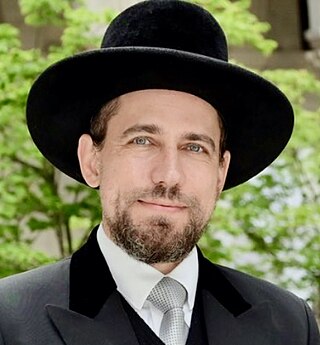
Schlomo Elieser Hofmeister is a European rabbi, mohel and author. In 2008, Schlomo Hofmeister, who was then living with his family in London and Jerusalem, was appointed Community Rabbi of Vienna by the Board of the Jewish Community of Vienna and has lived in the Austrian capital ever since - where his ancestors had already resided for several generations after their expulsion from Spain. He also holds the office of Landesrabbiner of Lower Austria, Burgenland, Carinthia and Styria, as well as Chief Rabbi of the Styrian provincial capital Graz and Baden bei Wien. He is also Chief Rabbi of the Austrian Armed Forces.













